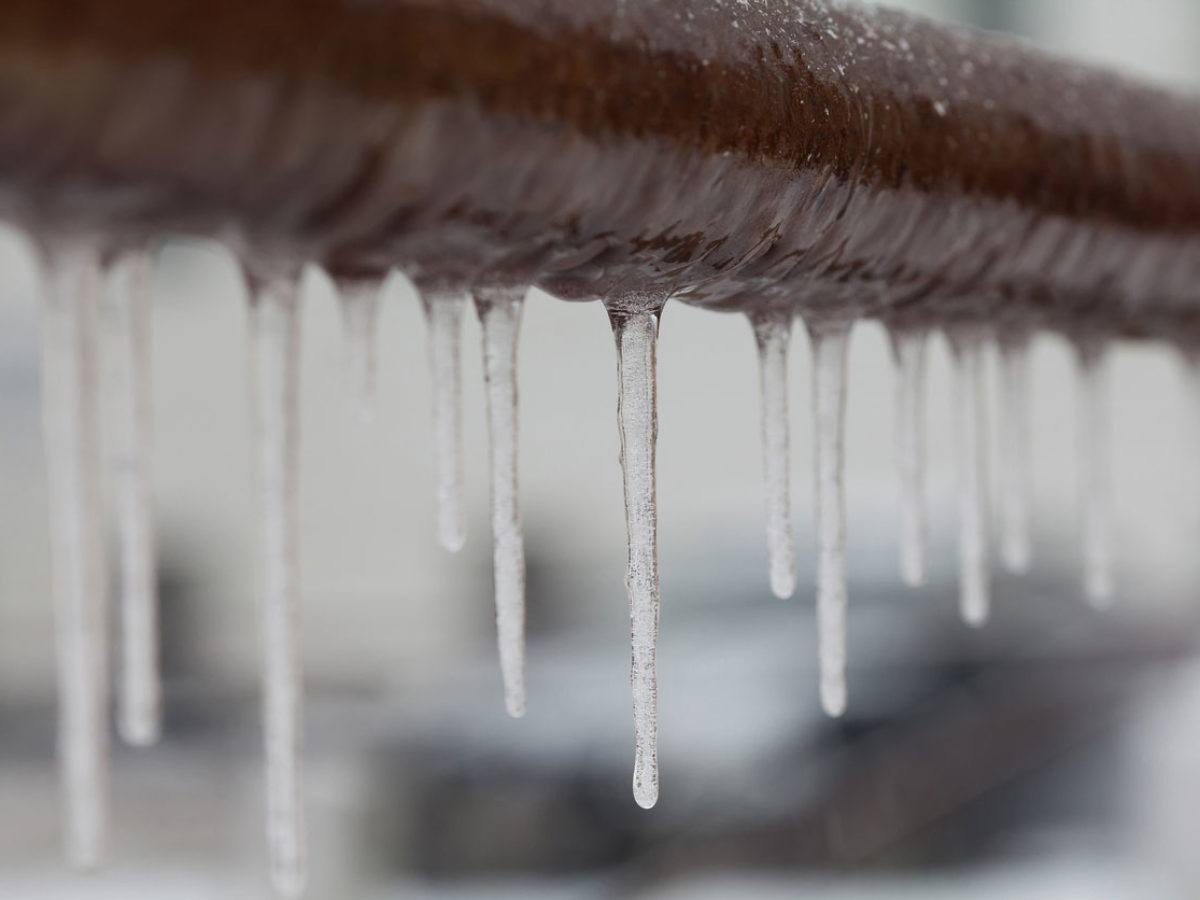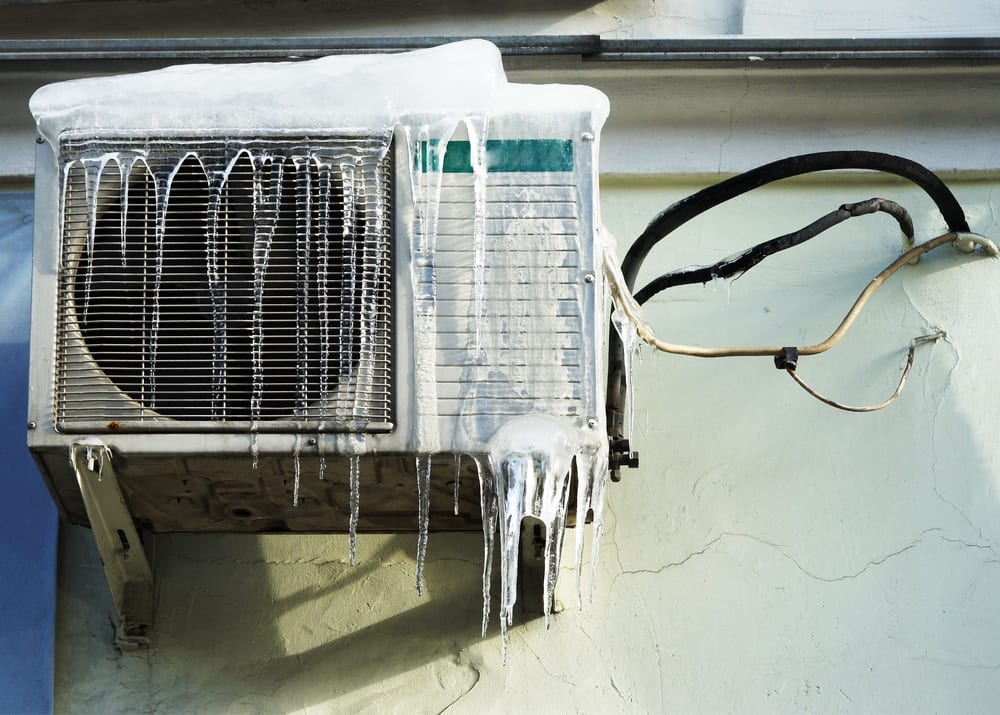Everybody seems to have their own perception involving How can I fix an air conditioner’s frozen pipe?.

Introduction
Finding that your AC pipe is iced up can be worrying, particularly during warm summertime when you depend on your air conditioning system the most. Comprehending what to do in such a situation is important to stop further damage to your cooling system and guarantee your convenience indoors.
Recognizing the Causes
Numerous elements can contribute to the freezing of an a/c pipeline. Recognizing these causes can help you deal with the problem properly.
Absence of Airflow
One common root cause of an icy air conditioner pipeline is inadequate airflow. When the airflow over the evaporator coil is restricted, it can cause the coil to drop below freezing temperature, causing ice development on the pipeline.
Reduced Refrigerant Levels
Insufficient refrigerant levels in your a/c system can additionally result in an icy pipe. Reduced refrigerant levels can trigger the stress in the system to go down, resulting in the freezing of dampness on the evaporator coil.
Winter Conditions
In cooler climates, freezing temperatures outside can contribute to the freezing of air conditioning pipes. If your air conditioning unit is not correctly insulated or if there are leaks in the ductwork, cold air can infiltrate the system, causing the pipe to ice up.
Dirty Air Filters
Unclean or clogged up air filters can limit airflow in your AC system, leading to various concerns, consisting of an icy pipeline. It's important to change or clean your air filters regularly to ensure correct air flow and avoid ice buildup.
Signs of a Frozen AC Pipe
Identifying the indicators of a frozen AC pipeline is vital for timely action.
Lowered Airflow
If you observe a significant decrease in air movement from your vents, it might indicate an icy pipe.
Ice Buildup on the Pipe
Visible ice build-up on the refrigerant line or the evaporator coil is a clear indication of an icy air conditioning pipeline.
Odd Sounds from the Unit
Unusual audios, such as hissing or bubbling, coming from your a/c unit can signify that there's ice present on the pipeline.
Immediate Actions to Take
When confronted with a frozen AC pipeline, it's essential to act promptly to avoid more damage to your air conditioning system.
Shutting off the air conditioner
The primary step is to turn off your ac unit to avoid the system from running and exacerbating the concern.
Checking for Blockages
Evaluate the area around the interior unit for any type of blockages that may be obstructing airflow, such as furniture or drapes.
Defrosting the Pipe
You can utilize mild methods like putting towels taken in warm water around the icy pipeline to help thaw it gradually.
Preventive Measures
Taking preventive measures can assist stay clear of future occurrences of a frozen air conditioner pipe.
When DIY Methods Fail
If your efforts to thaw the pipeline or address other problems are not successful, it's time to call an expert.
Significance of Hiring a Professional HVAC Technician
A certified HVAC specialist has the knowledge and tools essential to detect and repair concerns with your air conditioning system securely and properly.
Regular Maintenance Checks
Schedule routine upkeep consult an expert HVAC professional to ensure that your air conditioning system is running effectively.
Transforming Air Filters
On a regular basis change or cleanse your air filters to avoid air flow constraints and keep optimum efficiency.
Insulating Exposed Pipes
If your AC pipes are exposed to cold temperatures, think about insulating them to avoid freezing throughout cold weather.
Seeking Professional Help
If DIY approaches fail to settle the concern or if you're not sure concerning how to proceed, it's best to seek assistance from a qualified HVAC specialist.
Conclusion
Handling a frozen AC pipeline can be a discouraging experience, however understanding exactly how to respond can help minimize damage and restore convenience to your home. By recognizing the reasons, identifying the indicators, and taking timely action, you can effectively address the concern and stop future incidents.
What to Do If Your AC Line Is Frozen
Make Sure All Supply and Return Air Vents Are Open
If you notice problems with airflow, the first thing you should do is check your supply and return vents. Supply vents distribute clean, conditioned air throughout your home. As this air becomes stale, it’s pulled into the return vent, where it’s reconditioned before being sent back out through the supply vent.
When these vents are closed, air won’t flow in the home. Before examining your AC, check the vents in every room and ensure they’re all open.
Check for a Dirty Air Filter
Another possible cause of limited airflow is a dirty air filter. Your air conditioner’s filters catch elements you don’t want to breathe in, such as dirt and dust. Over time, filters can become clogged, ultimately blocking air from flowing in and out. The lack of airflow can then cause the entire coil to freeze and will completely restrict any air from moving through it. The AC may need to be powered off for one to two days to allow the coil to thaw after replacing the filter to allow proper functioning of the unit. This debris can also accumulate on your AC’s evaporator coil, requiring a more serious repair. In general, air filters should be cleaned regularly (about every two weeks).
Assess Your Outdoor Unit
In addition to checking your AC, assessing the outdoor unit is a good idea. Also known as the condensing unit, it works with your interior unit to release heat outside. An issue with the outdoor unit can result in rising internal temperatures.
Overgrown Shrubs or Clogged Leaves
From leaves and twigs to shrubs and debris, there’s no shortage of outdoor elements that can accumulate around your condensing unit. When these elements get lodged inside the unit, they can block airflow. Fortunately, removing the blockage can solve the problem.
Sounds of a Broken Fan
Shrubs and leaves aren’t the only things that can impede your outdoor unit’s airflow. If the fan is broken, the unit won’t be able to properly get rid of heat — which means the internal temperature won’t go down. First, make sure the fan is spinning. If it is, check for the following sounds of a broken fan:
Buzzing Rattling Screeching Hissing Clicking Preventative Measures
Nobody wants to deal with a frozen AC line. In addition to causing problems with your air conditioner, they require professional repairs. On the bright side, there are preventative measures you can take to help ensure this issue doesn’t arise in the first place.
https://www.coopergreenteam.com/blog/what-to-do-if-ac-line-frozen

I came across that blog posting on Air Conditioner Frozen? How To Fix your Frozen AC Line while surfing the web. Liked our blog entry? Please share it. Help somebody else discover it. Thank you for going through it.
Click Here